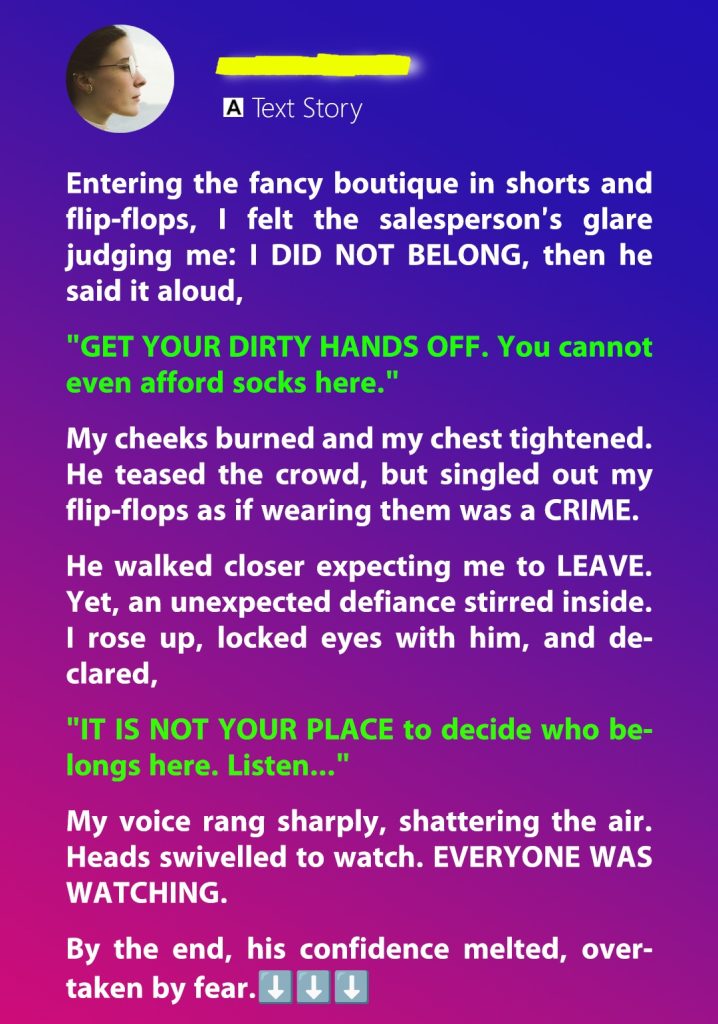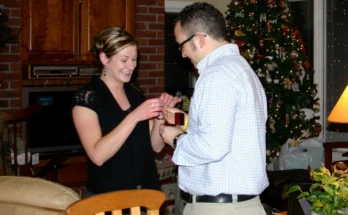I walked into the upscale boutique wearing flip-flops and a faded sundress. The clerk at the counter barely glanced up before smirking. His eyes scanned me like I was a joke—his laughter subtle but unmistakable. I felt the sting of judgment, but I didn’t flinch. I wasn’t there to impress. I was there for a reason.
He greeted me with exaggerated politeness, the kind that drips with condescension. “Can I help you with something… casual?” he asked, eyeing my footwear. I simply replied, “I’m just browsing.”
As I wandered through the store, he trailed behind me, offering unsolicited fashion advice and thinly veiled mockery. “We usually cater to a more refined clientele,” he said, gesturing toward a rack of designer coats. I nodded, unfazed.
Then my phone rang.
It was a call I’d been expecting—from the boutique’s regional manager. I answered, and within seconds, the tone of the conversation shifted. “Yes, I’m here now,” I said. “I’m evaluating the customer experience for our upcoming partnership.”
The clerk froze.
I turned to him and smiled. “Would you mind showing me your best-selling pieces? I’d like to include them in our feature.”
His face drained of color. The laughter vanished. He stammered, “Of course, ma’am. Right this way.”
What he didn’t know was that I was a creative director for a major lifestyle brand. We were scouting boutiques for a collaboration that could elevate their visibility nationwide. His boutique had potential—but his attitude nearly cost them the opportunity.
I spent the next hour taking notes, asking questions, and photographing the space. He was attentive now, respectful, even apologetic. But the damage had been done.
Before leaving, I handed him my card. “Next time someone walks in wearing flip-flops,” I said, “remember that dignity isn’t measured by shoes.”



